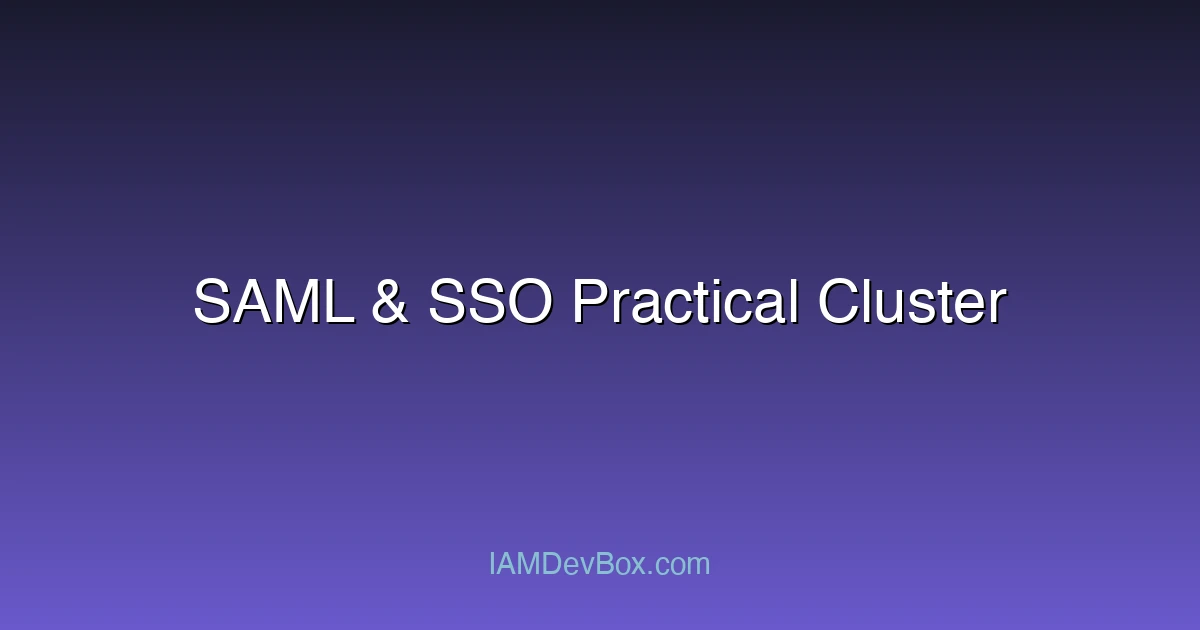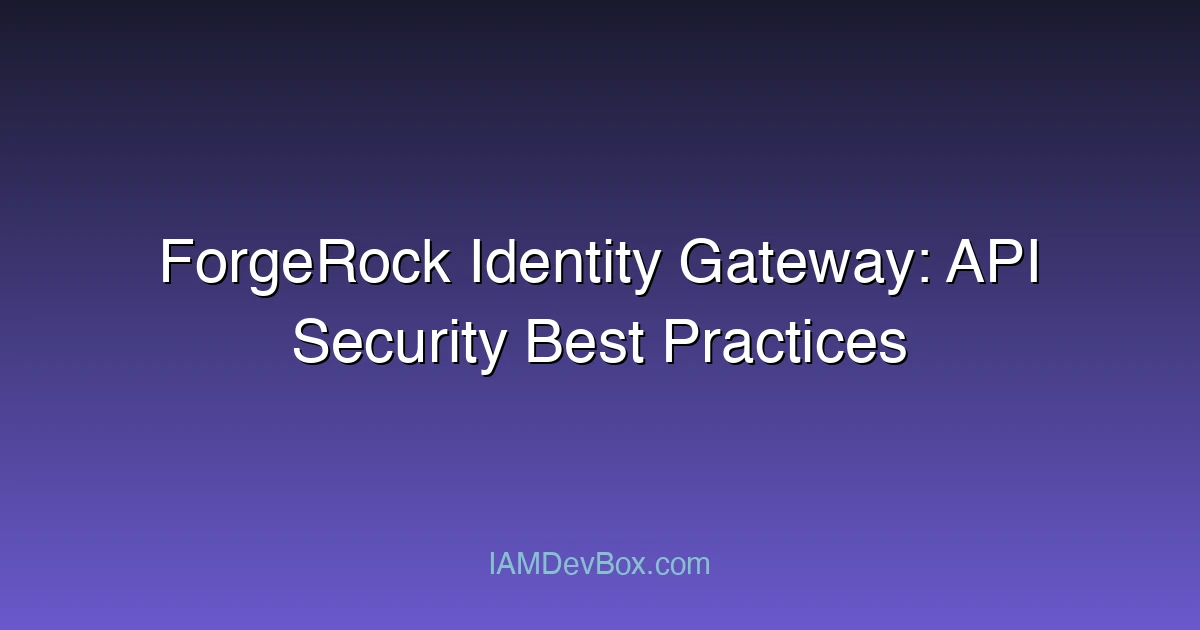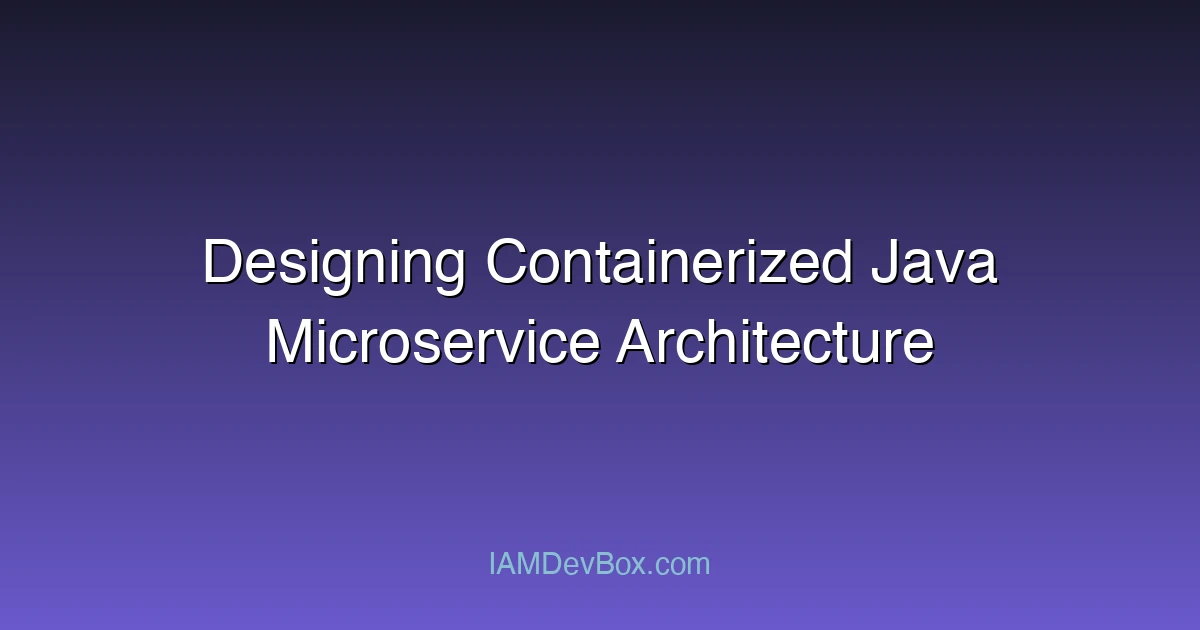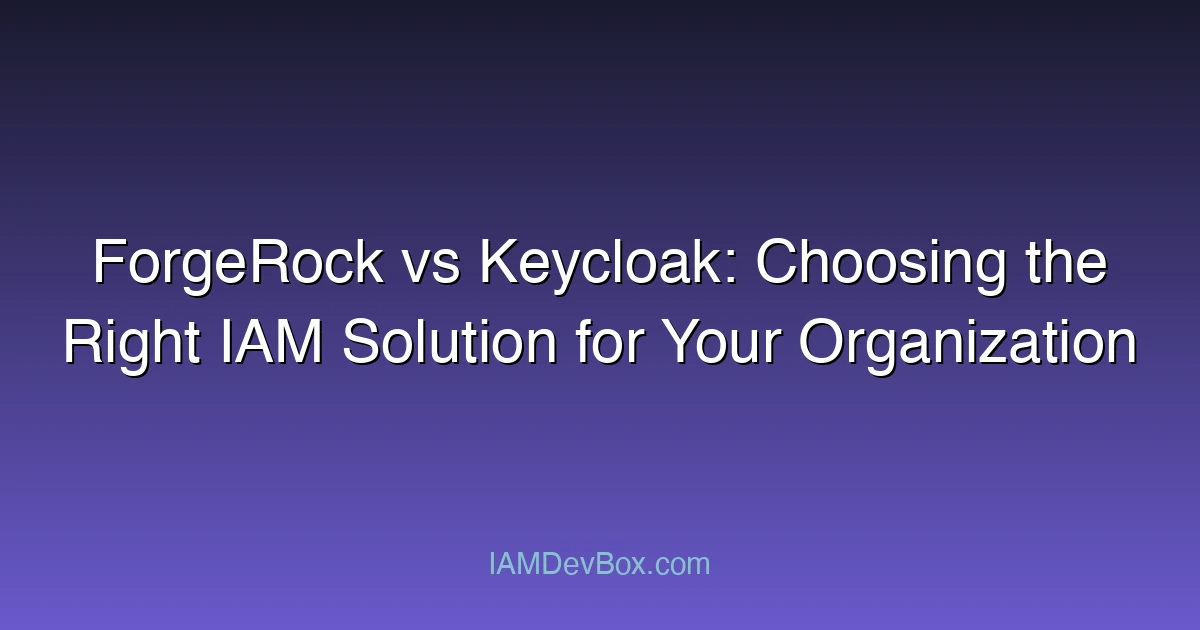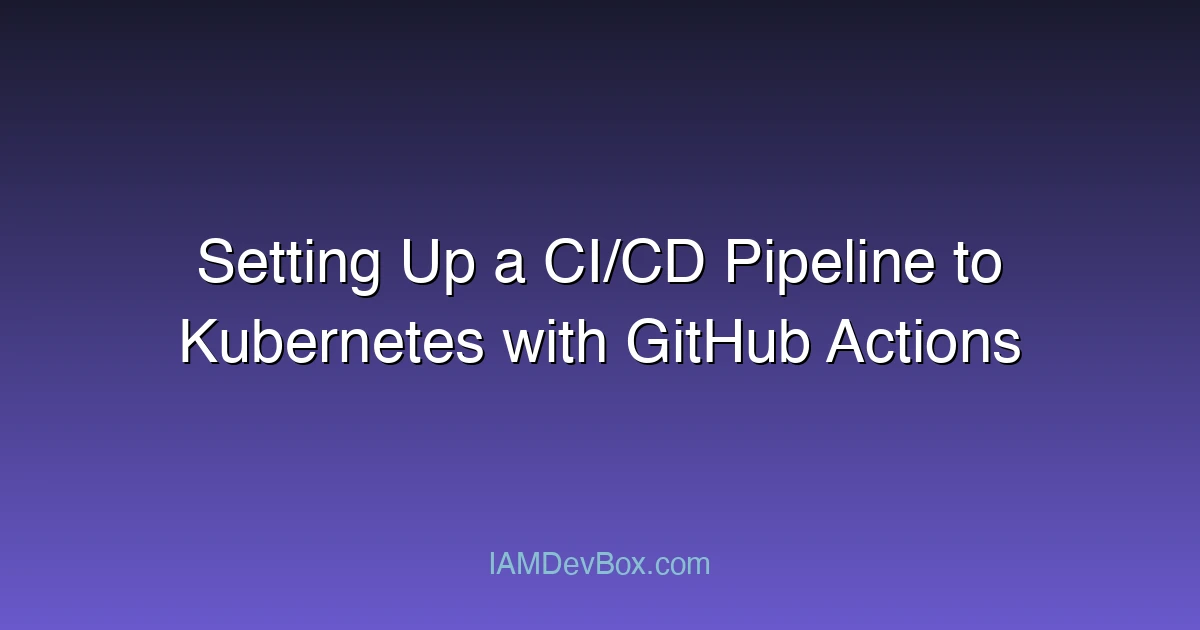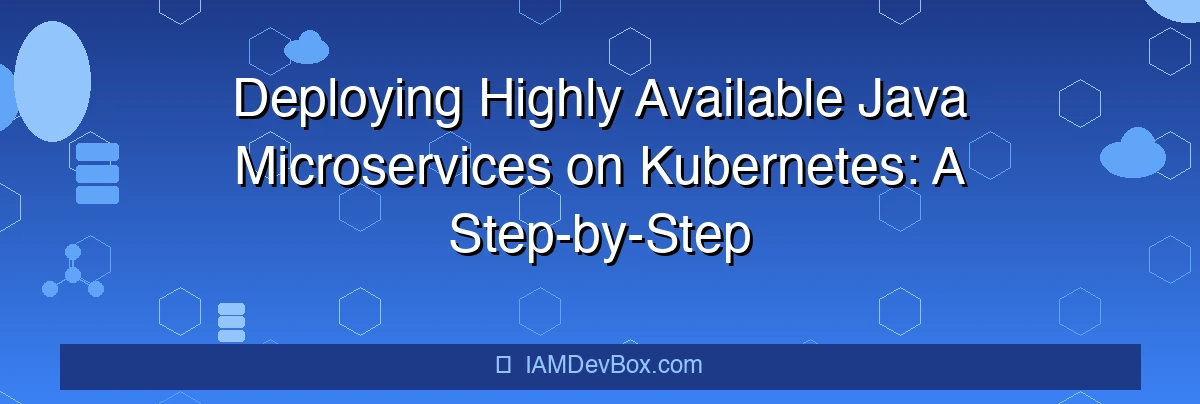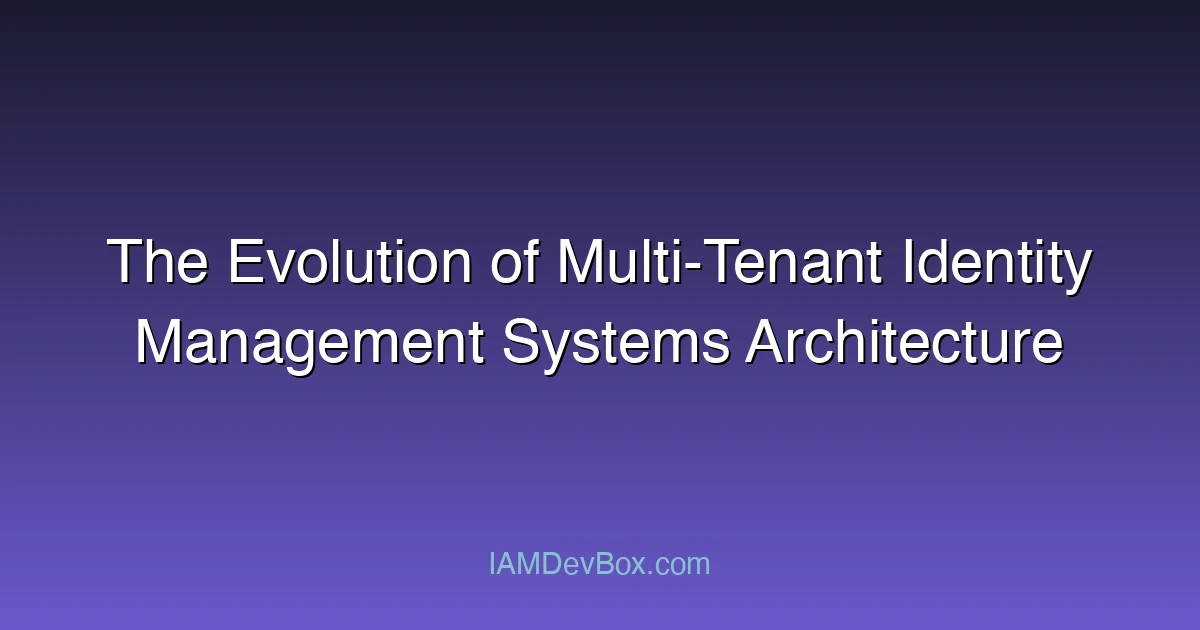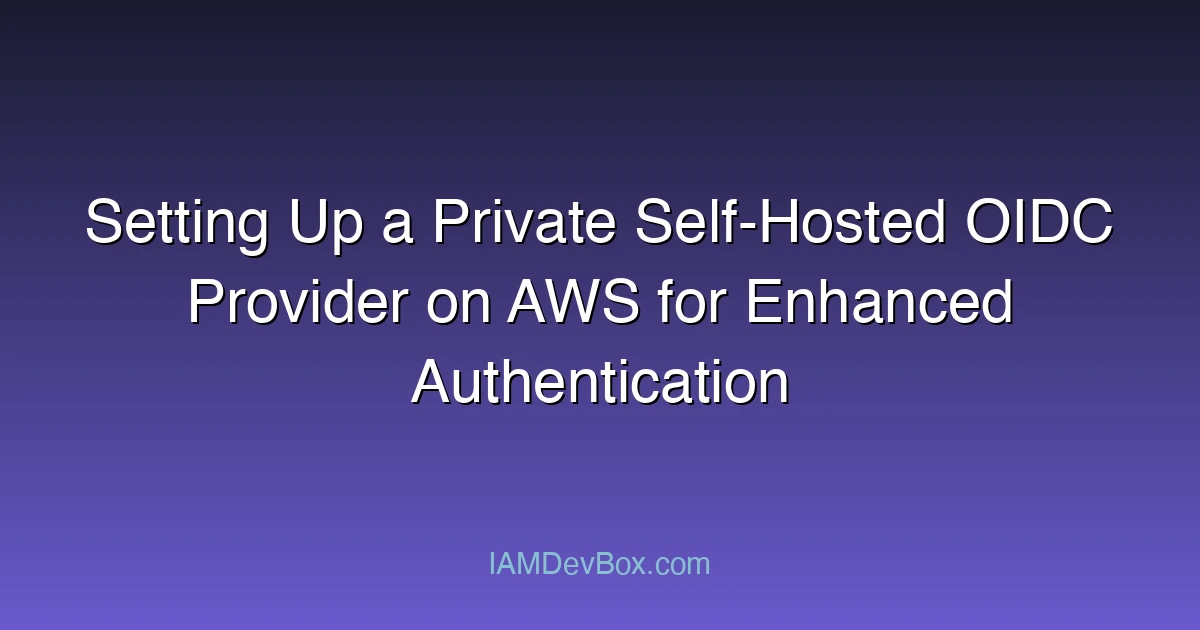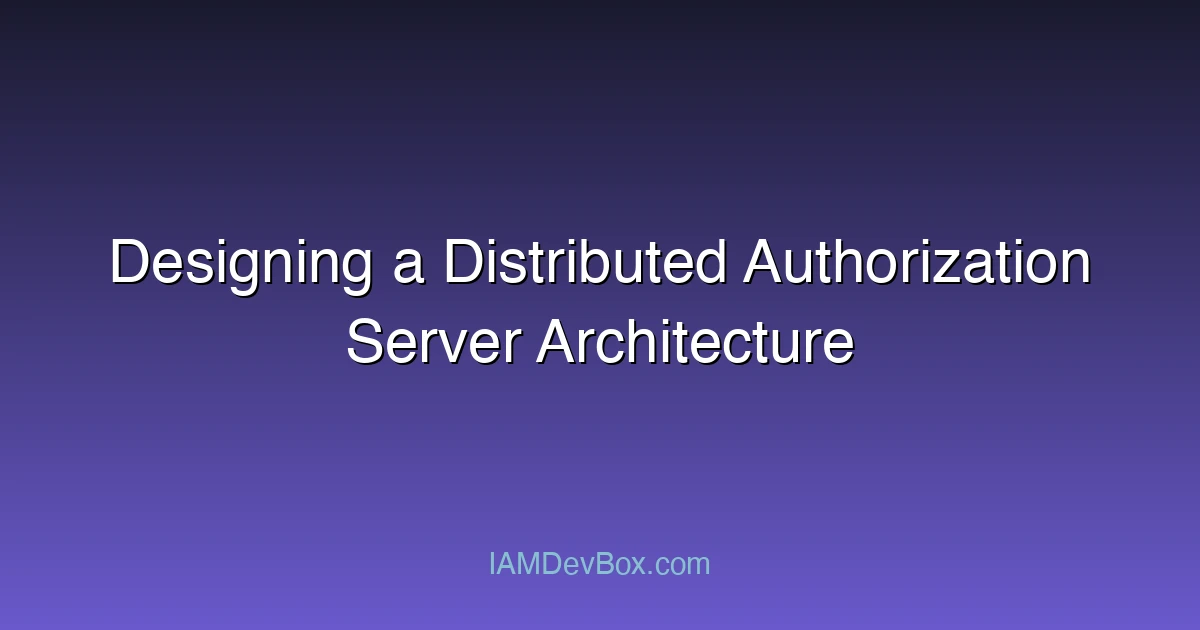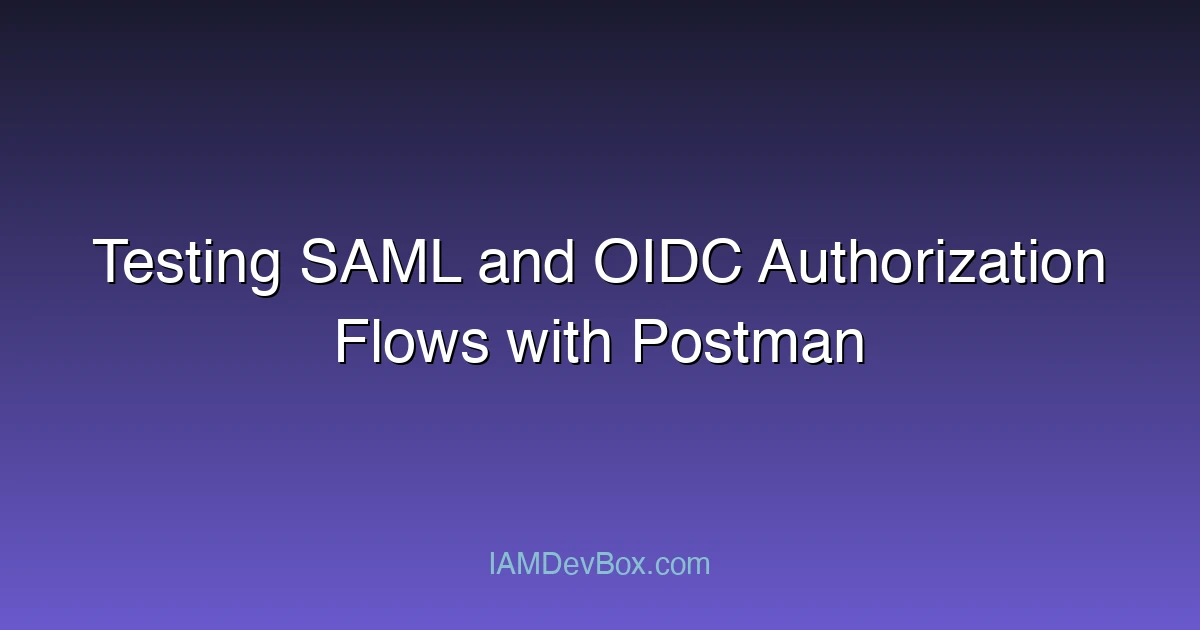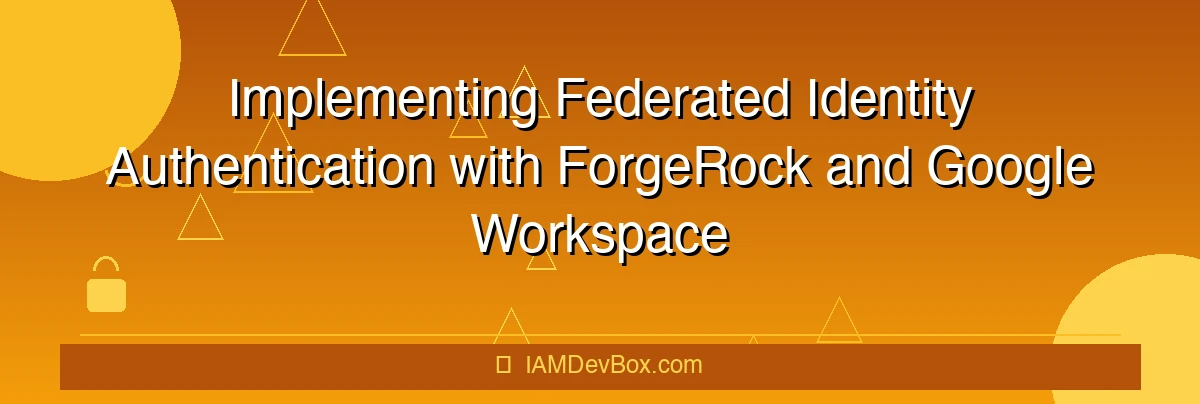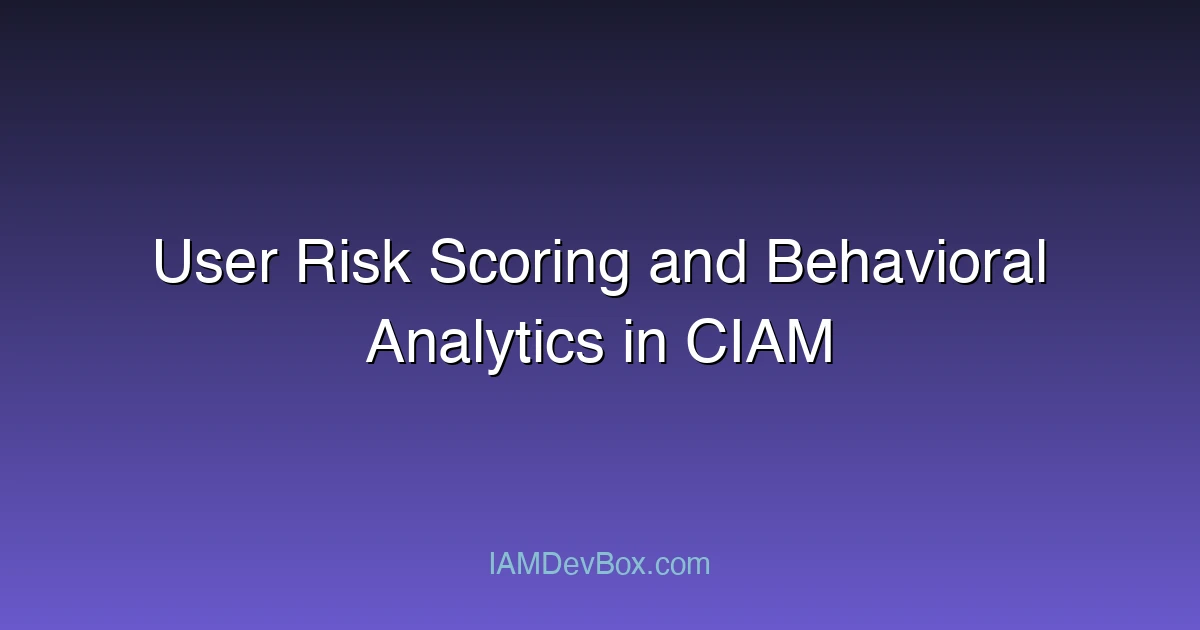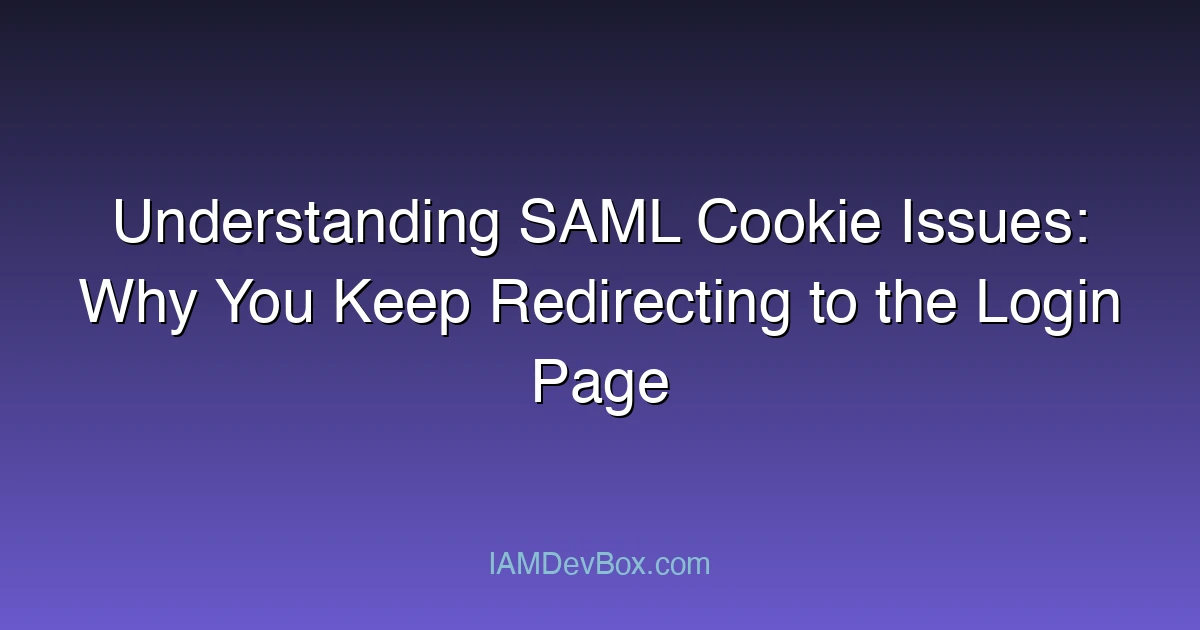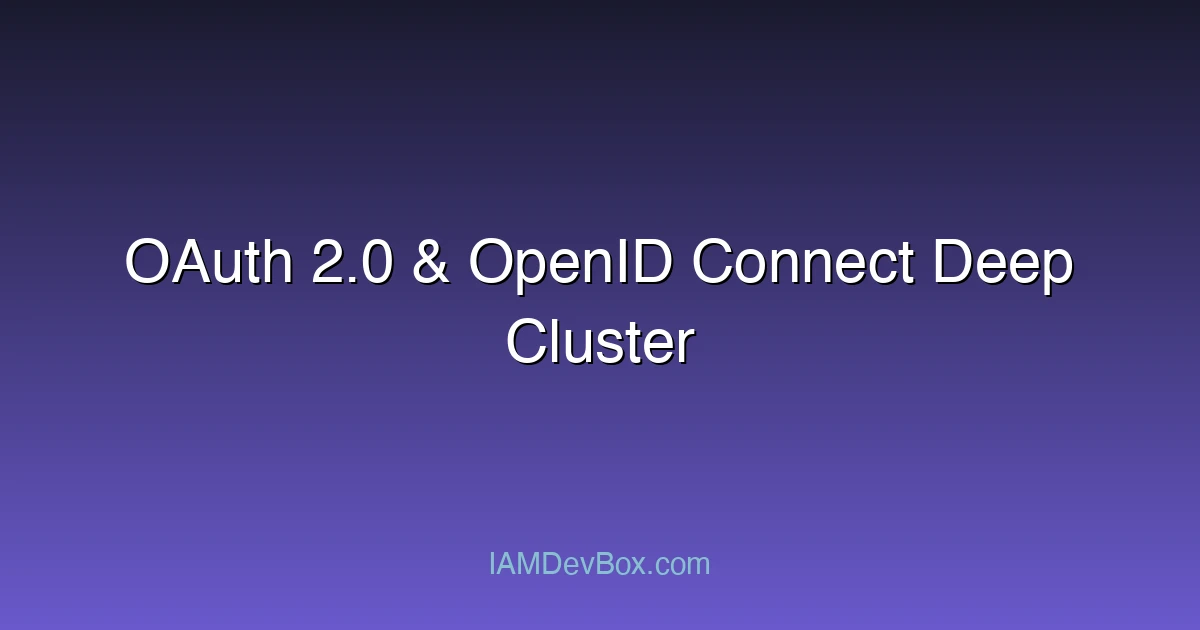
OAuth 2.0 & OpenID Connect Deep Cluster
openid-connect-deep-cluster-5f34bf3f.webp alt: “OAuth 2.0 & OpenID Connect Deep Cluster” relative: false OAuth 2.0 and OpenID Connect are foundational protocols for modern authentication and authorization. This cluster covers key topics including authorization code flow, PKCE security enhancements, JWT usage, and implicit flow, helping you fully understand use cases and practical implementation details. Visual Overview: sequenceDiagram participant User participant App as Client App participant AuthServer as Authorization Server participant Resource as Resource Server User->>App: 1. Click Login App->>AuthServer: 2. Authorization Request AuthServer->>User: 3. Login Page User->>AuthServer: 4. Authenticate AuthServer->>App: 5. Authorization Code App->>AuthServer: 6. Exchange Code for Token AuthServer->>App: 7. Access Token + Refresh Token App->>Resource: 8. API Request with Token Resource->>App: 9. Protected Resource Related Articles Client Credentials Flow in OAuth 2.0: Complete Guide with Real-World Examples Authorization Code Flow vs Implicit Flow: Which One Should You Use? Understanding the Authorization Code Flow in OAuth 2.0 How PKCE Enhances Security in Authorization Code Flow Implementing JWT Bearer Token Grant with ForgeRock: A Practical Guide Understanding Client Credentials Flow in OAuth 2.0: Use Cases and Implementation OAuth 2.0 vs OIDC: Understanding the Key Differences and When to Use Each Implementing Fine-Grained Access Control with JWT JWT Decoding and Validation: Essential Practices for Secure OAuth 2.0 Implementations Stay tuned for the latest deep dives and practical guides on OAuth 2.0 and OpenID Connect. ...
